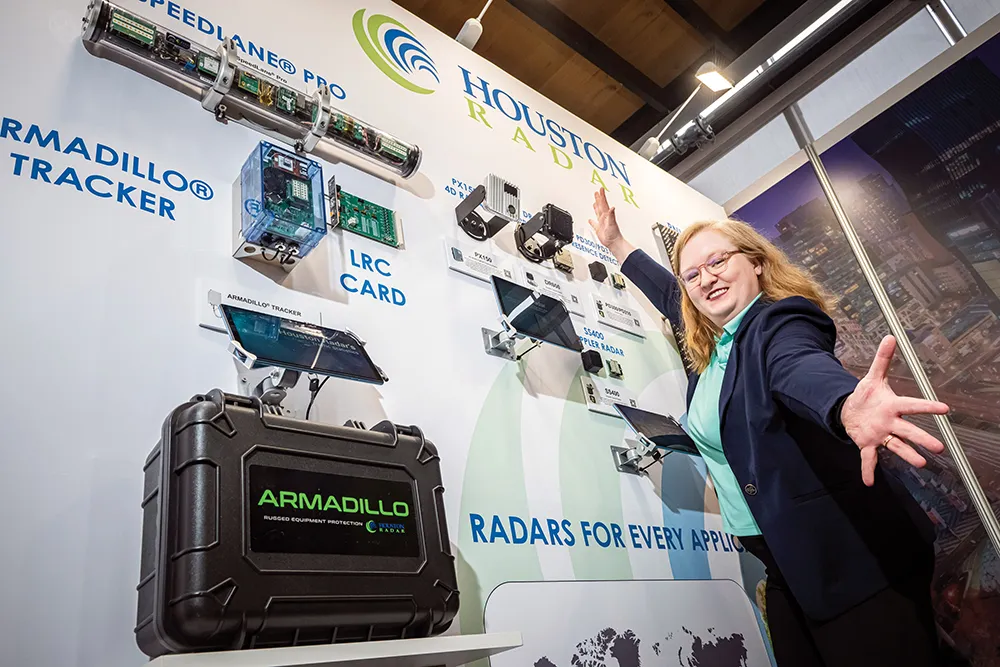Clearview Traffic Group has expanded its M300 wireless occupancy detection range to provide solutions for both on and off-street parking with the M301, a surface-mounted sensor for parking bay monitoring, and the M302 which is a flush mounted sensor that is embedded into the road surface. Clearview also offers a version of the sensors for detection of larger vehicles such as HGVs, trucks and coaches.
The sensors use technology that has been designed to accurately detect the presence of a vehicle in a def
December 5, 2013
Read time: 2 mins

The sensors use technology that has been designed to accurately detect the presence of a vehicle in a defined zone including over prolonged occupancy, making them suitable for deployment across a wide range of applications, such as parking space occupancy, parking bay monitoring, dynamic parking payment schemes, lorry parking applications, emergency refuge areas, taxi ranks and even monitoring of no parking zones.
A web browser interface displays occupancy data and analysis from the sensors, allowing simple integration with third party information systems. Data output can be displayed on variable message signs or used to inform other real-time travel information services such as mobile apps.









